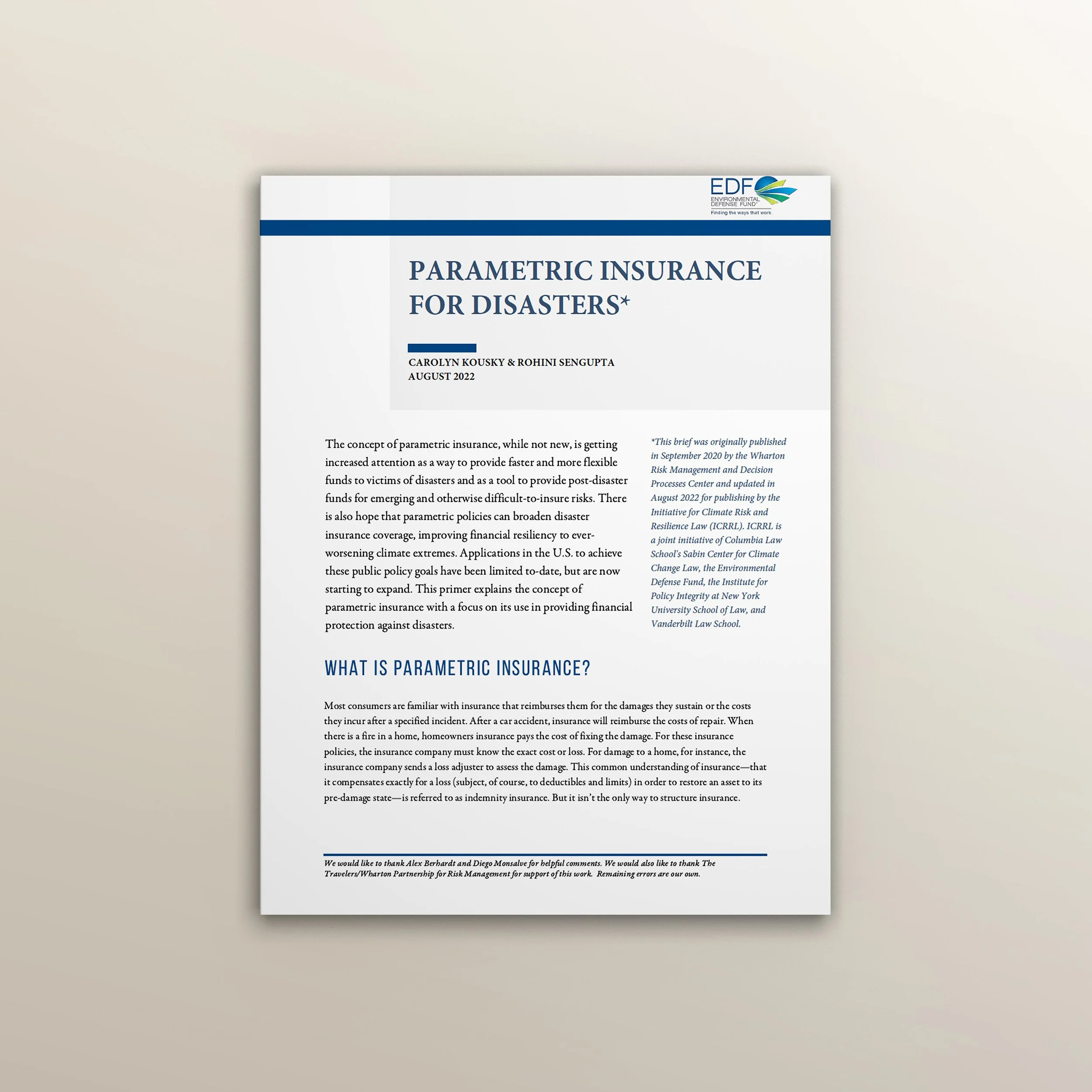
Enhancing equity in recovery and inclusivity in insurance markets.
The problem.
While research has found that those with insurance recover better and faster than those without insurance, and that lack of insurance can widen inequality, disaster insurance is too often inaccessible, unaffordable, or does not meet the needs of those who need it most.

The opportunity.
We can create inclusive disaster insurance markets that provide everyone with appropriate and affordable financial protection from the increasing risk of climate extremes.
An introduction to creating inclusive disaster insurance markets.
This report develops a framework for inclusive disaster insurance in the United States. An inclusive disaster insurance system is the suite of policies, programs, and products that make appropriate and affordable insurance available to those currently unserved or underserved by the market. An inclusive insurance system would be affordable, accessible, transparent, people-centered, and just. This report outlines the policies, programs, regulatory changes, and products that can move our disaster insurance toward greater inclusivity.
Explore equitable solutions.

Innovation.
Creativity and insurance don't always go hand-in-hand. However, numerous new approaches are emerging to help improve disaster recovery and provide financial protection to the most vulnerable.
Community-Driven and Research-Informed
-
This report documents a process of social innovation, grounded in the needs of the community and driven by research findings, to support insurance innovation. This process can be used by community organizations, local governments, or other groups to explore if and how innovations in insurance can help fill unmet post-disaster needs for particular populations.
Understanding Parametric Insurance
-
The models often discussed to help create more equitable access to risk transfer often harness parametric concepts. Learn what that means here.
Exploring Insurance Innovation in South Carolina
-
The report reveals several common challenges across all programs and sources for economic recovery. it provides an overview of how to use microsinsurance or community insurance to fill gaps in the disaster safety net.
Learn about two innovative and flexible approaches to providing disaster insurance for those who cannot afford coverage or find coverage that meets their specific needs. The flexibility of these models can empower communities to define the approach that works for them. The right model for a community will depend on their unique needs.
-

Model 1: Microinsurance
-

Model 2: Group Insurance

Policy reform.
Affordable flood insurance.
Often, the people who need insurance the most are the least able to afford it. For over a decade, policy proposals have circulated for the creation of a means-tested assistance program for the National Flood Insurance Program (NFIP) to secure greater financial resilience in the face of floods for households most in need. Learn more about affordability and the NFIP through these resources.
-
FEMA engaged the broader policy community, including academia, and other government agencies, to develop an affordability framework for the NFIP.
-
In 2022, Kousky testified, providing background on the need for an affordability program for the NFIP and suggesting that the program be tiered and offered to any qualifying household.
In 2023, Martín testified, explaining continued challenges to widespread takeup for flood insurance and federal policy options.
-
This report discusses the underlying definitions and methods for an affordability framework program for the NFIP. The report gives an overview of the demand for insurance, the history of the NFIP premium setting, and describes alternatives for determining when premium increases would make flood insurance unaffordable.
-
This report develops and evaluates several different approaches for assisting households that have difficulty affording flood insurance in NYC. These include financial payments to households to offset the cost of flood insurance as well as mitigation grants and loans that reduce flood insurance premiums by making the home less susceptible to flood damage.
Consumer protections.
Differences may exist in the way insurance procedures impact different groups. This can be due to the need for consumers to advocate for fair and prompt payouts that can be hindered by time constraints, legal barriers, or differences in financial literacy; proxy discrimination in underwriting or pricing; or correlations between risk and protected characteristics.
-
One regulatory approach designed to help level the playing field with respect to claims disputes would be to make consumer claim advocacy resources a publicly available resource. Inspired by the Financial Ombudsman Service in the United Kingdom, states could create an independent, government office to assist with consumer complaints and resolution of consumer disputes with their insurers. Professor Daniel Schwarcz discusses the concept here.
-
State regulators could require minimum coverage levels that all homeowners or disaster policies are required to include. Despite conventional understanding that most insurance policies are similarly structured, evidence shows that contracts are increasingly heterogeneous in structure and coverage, especially in homeowners insurance. Professor Daniel Schwarcz discusses the concept here.
-
Regulators and insurers can work together to undertake needed data analyses to examine any disparate impacts in the insurance business model.
Encouraging insurer investments in frontline communities.
Socially vulnerable and high-risk communities need access to the financial protection insurance can provide and yet can struggle to find policies that meet their needs. This is an area for continued policy development.
-
COIN is a collaborative effort between the California Department of Insurance, the insurance industry, community affordable housing and economic development organizations, and community advocates. This voluntary program facilitates insurance industry investments that benefit California’s environment and its low-to-moderate income and rural communities. Should other states adopt similar programs?
-
The Community Reinvestment Act, adopted in 1977, provides incentives for banks to provide financial services in low-income communities. This Act increased access to credit for low-income households and people of color in some place at relatively low cost (see here and here). Should we draw on lessons from this Act to create a similar framework for insurance?

Related research.
Collier, B. and C. Kousky (2024). Household Financial Resilience after Severe Climate Events: The Role of Insurance. Fox School of Business Research Paper, Temple University.
Martín, C. et al. (2024). Housing Resilience in Greater New Orleans. Urban Institute.
Cornelissen, S. et al. (2024). Exposed: A Report on 1.6 Trillion Dollars of Uninsured American Homes. The Consumer Federation of America.
Brookings. (2024). Reforming National Disaster Policy. Blog Series.
Kousky, C. and French, K. (2023). Inclusive Insurance for Climate-Related Disasters: A Roadmap for the United States. Ceres.
Clancy, N. et al. (2023). Improving the Financial Resilience of Public Entities and Individuals for Natural Disasters: A Resource Guide for State and Local Government. Homeland Security Operational Analysis Center, RAND Corporation.
Kousky, C. and H. Wiley (2021). Improving the Post-Flood Financial Resilience of Lower-Income Households through Insurance. Wharton Risk Center.
Cignarale, T. et al. (2018). The Availability and Affordability of Coverage for Wildfire Loss in Residential Property Insurance in the Wildland-Urban Interface and Other High-Risk Areas of California: CDI Summary and Proposed Solutions. California Department of Insurance.
Hamel, L. et al. (2018). One Year After the Storm: Texas Gulf Coast Residents’ Views and Experiences with Hurricane Harvey Recovery. The Kaiser Family Foundation and Episcopal Health Foundation, August.
Avraham, R., K. D. Logue, and D. Schwarcz (2014). Understanding Insurance Antidiscrimination Laws, 87 S. Southern California Law Review, 195.
Baker, T. and K. McElrath (2014). Whose Safety Net? Home Insurance and Inequality. Law & Social Inquiry, 21(2): 229-264.
Turnham, J. et al. (2011). Housing Recovery on the Gulf Coast, Phase II: Results of Property Owner Survey in Louisiana, Mississippi, and Texas. U.S. Department of Housing and Urban Development, Office of Policy Development and Research, August.
Ask an Expert: Parametric Insurance and Climate Disasters
Watch as Insurance for Good Founder Carolyn Kousky moderates a discussion with an expert panel: Jonathan Gonzalez from Raincoat, Kate Stillwell from Neptune, and Alex Kaplan from AmWINS. They answer questions from the audience on parametric insurance and climate disasters.




